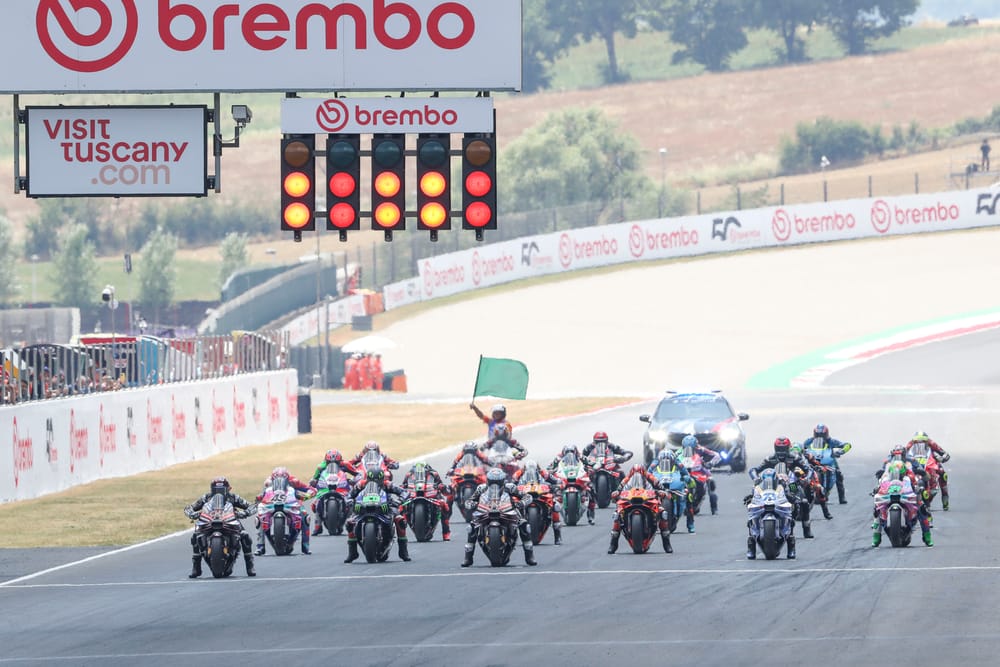MotoGP's takeover by Liberty Media - which has now been approved by the European Commission - means it can now officially set sights on the kind of global expansion Liberty managed with Formula 1.
Having transformed F1 since taking charge at the start of 2017, Liberty's ambitions will be to repeat history and transform MotoGP too after years in which it has perhaps not grown as much as it should.
That hope of repeating its history was hinted at in the news that two of the architects behind its F1 success will have a hands-on role with its MotoGP efforts.
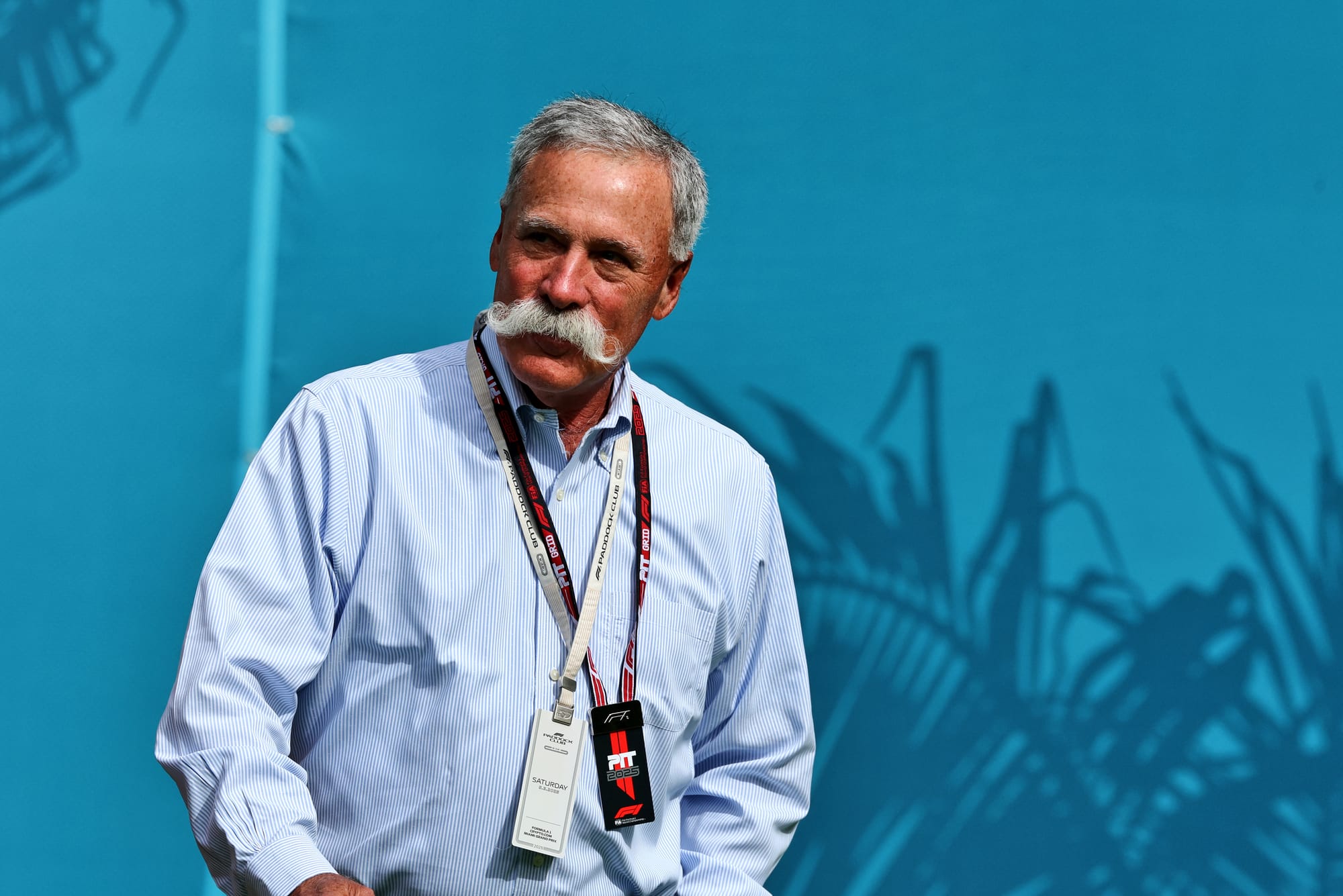
Chase Carey, the former F1 CEO who is a director of Liberty Media, and Sean Bratches, the former managing director of commercial operations at F1, will join Dorna CEO Carmelo Ezpeleta and its chief operating and financial officer Enrique Aldama on the company's board of directors.
Carey and Bratches became a strong double act in F1 from 2017 to 2020, as they focused on some key areas to lay the foundation for the success story it is today.
Their victories included making F1 more sustainable through the imposition of a cost cap, bringing in a new audience through the Netflix Drive to Survive series and helping create the personality driven championship we have today through releasing the floodgates for social media.
While the challenges that MotoGP faces are not wholly identical to what F1 faced nearly a decade ago, there are many factors that are the same.
Here we look through the key areas of progress that F1 made under Liberty, and see how they can relate to MotoGP.
Growing the personalities
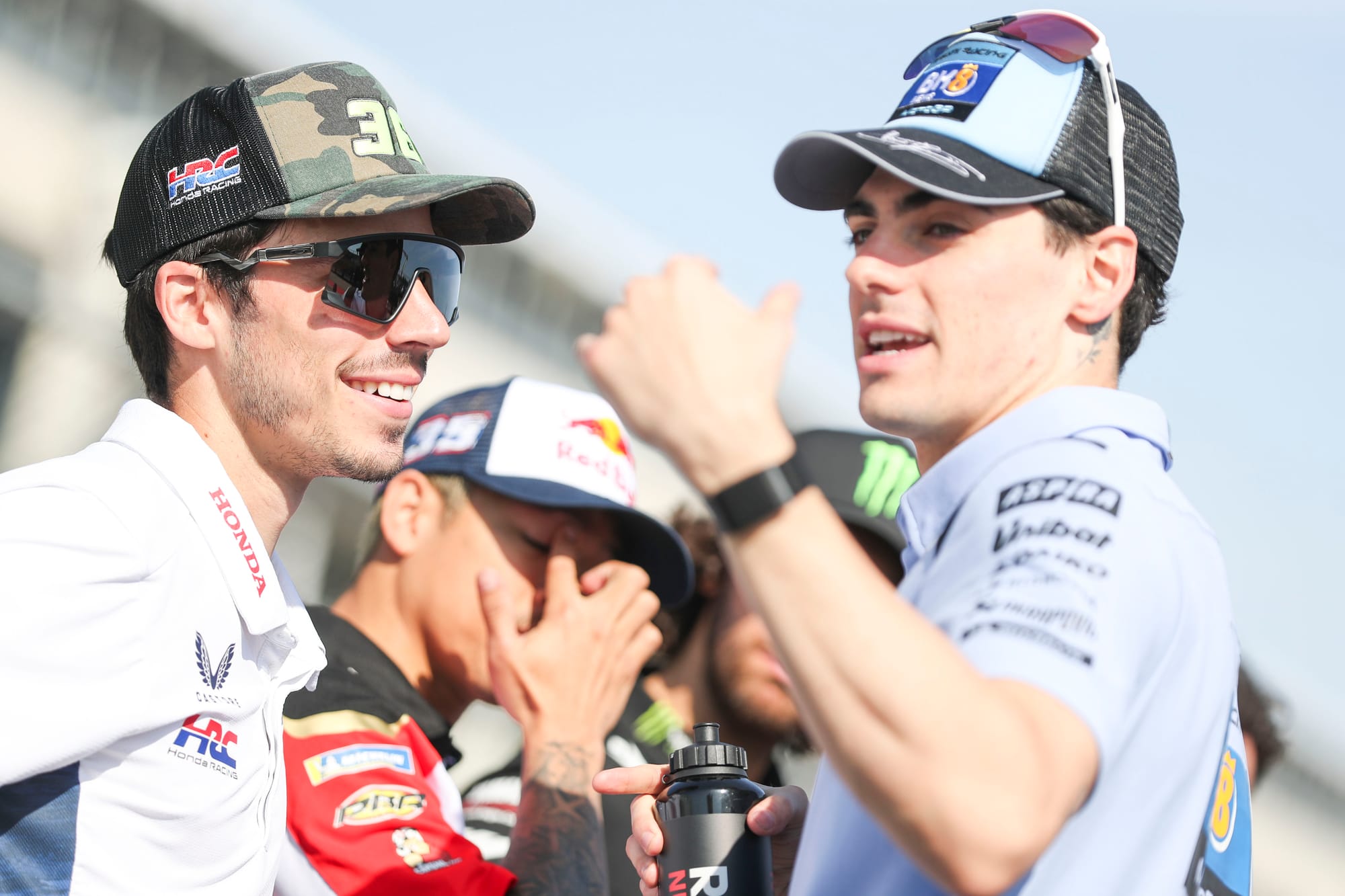
What F1 did: One of F1's biggest successes in recent years was in making all its drivers superstars.
A combination of the Netflix effect, allied to F1 ramping up its use of social media, helped lift the lid on the personalities behind the racing and encourage fans all around the world to find these new stars.
F1 was also not afraid of letting rivalries and controversies bubble away, because conflict remains a central element of sporting appeal.
If you try to keep everything squeaky clean and all the competitors too pally, then it ends up making things look too much like PR.
What MotoGP needs: MotoGP famously has no problem with organically-sourced conflict between riders, but it relies too much on a select few at the sharp end of the grid, and has not been able to create convincingly high stakes when it comes to battles anywhere outside the podium.
A contributing factor is that those battles are often totally absent from the coverage - a byproduct of the shorter race distances, sure, but also clearly a conscious strategy. But it contributes to a vicious circle - as a result of which many of the riders garner only regional interest (if even that), intra-team battles aren't given too much attention and 6th place is not too different to 10th or 15th in profile terms.
There's no super-easy fix, and F1 has pulled off a remarkable trick in making people care about perennial midfielders. Whether it's through a Drive to Survive-like product, or more canny use of social media, or just different broadcast priorities, MotoGP has to figure out its own way of doing this.
Creating racing festivals
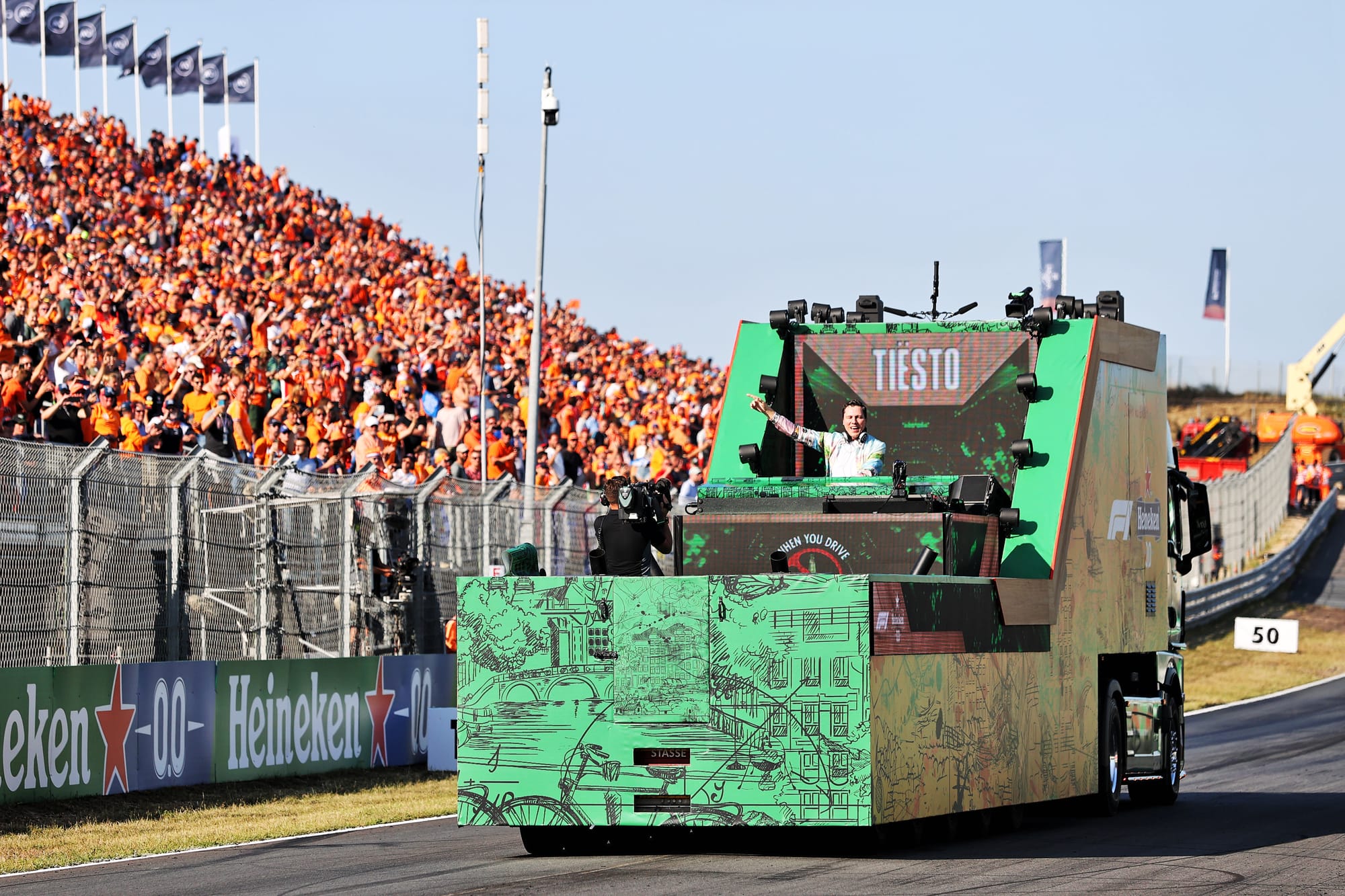
What F1 did: In a bid to attract a more diverse attendance at races, Carey and Bratches were adamant that F1 needed to transform the race weekends themselves.
No longer was it deemed acceptable for the only entertainment outside of F1 to be a few support race categories. Bratches openly talked of making it a season of “Super Bowl" events – where entertainment around the clock was essential.
Nowadays an F1 grand prix is more akin to a festival at times – with DJs in the paddock and on the grid, music being pumped out to the public when the cars are not in action, and live acts and entertainment being the norm rather than the exception.
What MotoGP needs: MotoGP already has a very clear role model for how to do this: take the rave success that promoter Claude Michy has brought to Le Mans and the French Grand Prix, and roll this out across all 21 other races of the season.
It's already basically a weekend-long festival that manages to capture not just the love of MotoGP but also how to appeal to both the casual fan and the hardcore bikers.
Liberty should invest time and money (a lot of both) in studying what he does in a petri dish, and trying to work out a formula to replicate it.
Saving the teams from themselves
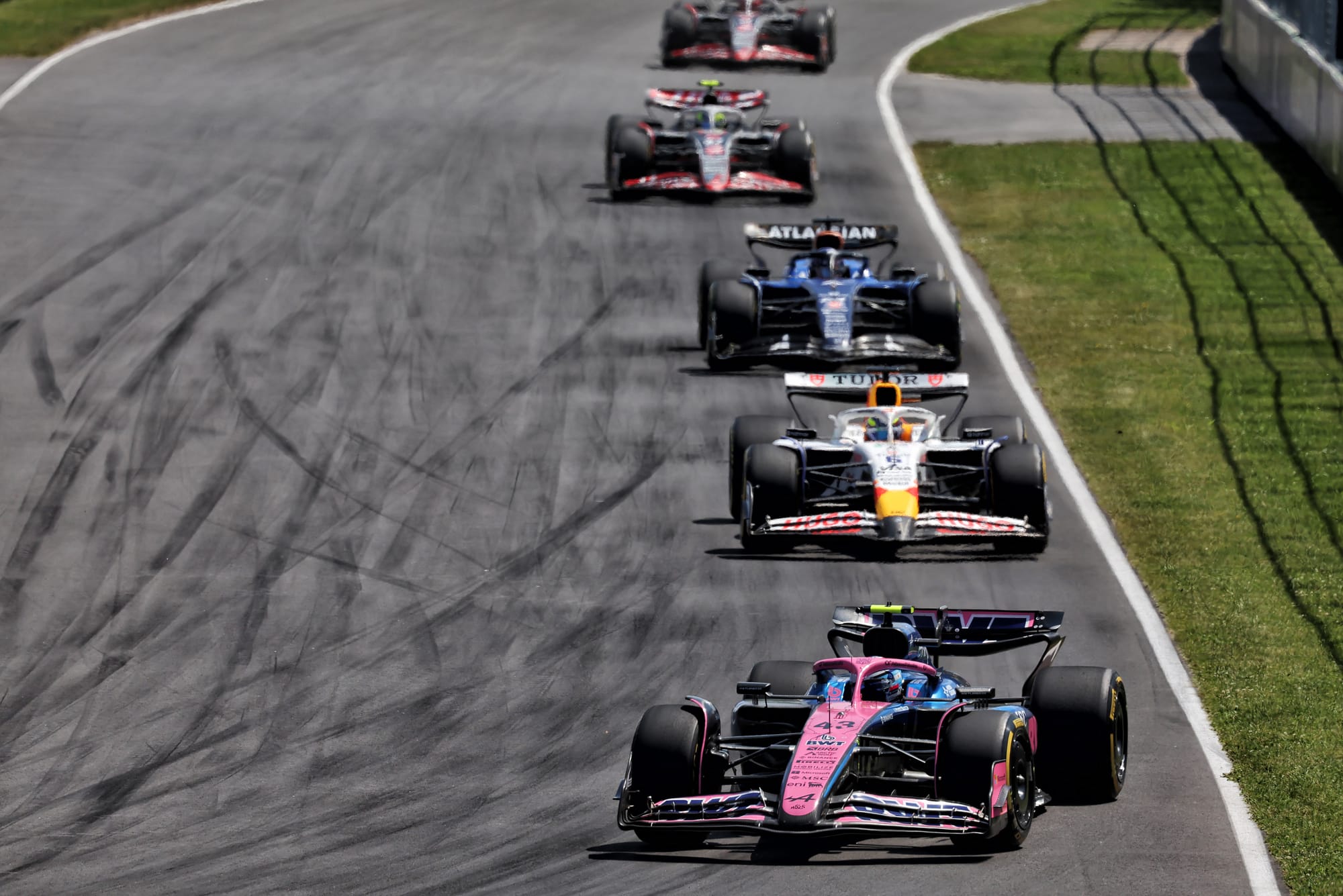
What F1 did: Under previous F1 supremo Bernie Ecclestone, teams had got used to a divide and conquer tactic that left them obsessed with their own self-interests at all times.
That approach changed under Carey, who felt that F1 would be better off as a whole if everyone bought into the bigger vision – even if individual teams had to accept compromises along the way.
Amid the promise of greater financial revenue from the commercial pot, teams had to swallow the introduction of the cost cap and the Aerodynamic Testing Restriction – where there is a sliding scale of how much windtunnel and CFD time each team gets based on their standings in the constructors' championship (top team gets least, bottom teams gets most).
What MotoGP needs: MotoGP lost one manufacturer not that long ago (Suzuki) and cannot feel too confident about the long-term participation of another (fresh-out-of-administration KTM). And it's not exactly having to fight off hordes of other prospective manufacturers.
This clearly shows that something isn't right in the current formula, even if it's hoped that Liberty's takeover will incentivise new entries of all sorts from those who expect a potential windfall. But in terms of the rulebook, MotoGP was ahead of F1 with its concessions system and its predecessors - effectively giving rules breaks to struggling manufacturers to help them catch up.
Yet the remarkable competitive parity of five years ago has still made way for Ducati dominance (even if the laptimes are still pretty close and the individual race can be a banger). Aero development has spiralled out of control and ride-height devices added an unwelcome complexity.
The latter are going away under the 2027 rules reset, but the aero restrictions are thought by many not to be bold enough.
The switch from Michelin tyres to Pirellis will inevitably - and naturally! - inject a level of welcome competitive jeopardy, but it might be wise for Liberty to bring in its F1 know-how in introducing a cap mechanism (for manufacturers, presumably) that goes beyond the current cost control methods - which are already considerable, in the form of engine freezes, limited aero homologation windows and heavily-restricted testing.
Digital content expansion

What F1 did: Well aware that fan behaviour is changing in the digital era, F1 transformed the way that content could be consumed.
No longer was the approach simply that to protect the value of the TV rights deals for Sundays, it was essential to shut down everything else.
Bratches ensured that F1 broadened its horizons by throwing more content on YouTube and embracing social media use to keep the series in the spotlight when the racing action was not on. It also pushed hard with its own F1 TV OTT platform.
F1 found a good balance between getting more content out there for those who wanted to consume it away from races, but still maintain the premium of the live racing package that TV networks are still paying top dollar for. It was about seeing it as complementary, rather than rivalling, that Sunday afternoon spectacle.
What MotoGP needs: The less said about Dorna's attempts to replicate what Liberty has already done digitally, the better.
Its social media content feels largely detached from race fans, and there's been a notable decline in the behind-the-scenes content delivered through YouTube in recent seasons - a space that has been filled by teams and riders doing a much better job themselves.
Meanwhile, Videopass, MotoGP's streaming platform, might as well run on Flash Player it's that old and antiquated - as well as being four times as expensive as F1 TV. Sure, it's a product for the hardcore fan, but right now even some of the hardcore won't subscribe to it, turned off on cost, reliability and value for money grounds.
It needs a full revamp, not just behind the scenes technically but in terms of the show that's offered too. Fan favourites like Simon Crafar and Steve Day have never been replaced, there's less content than ever before, and it crashes often - it's surely a low-hanging fruit.


